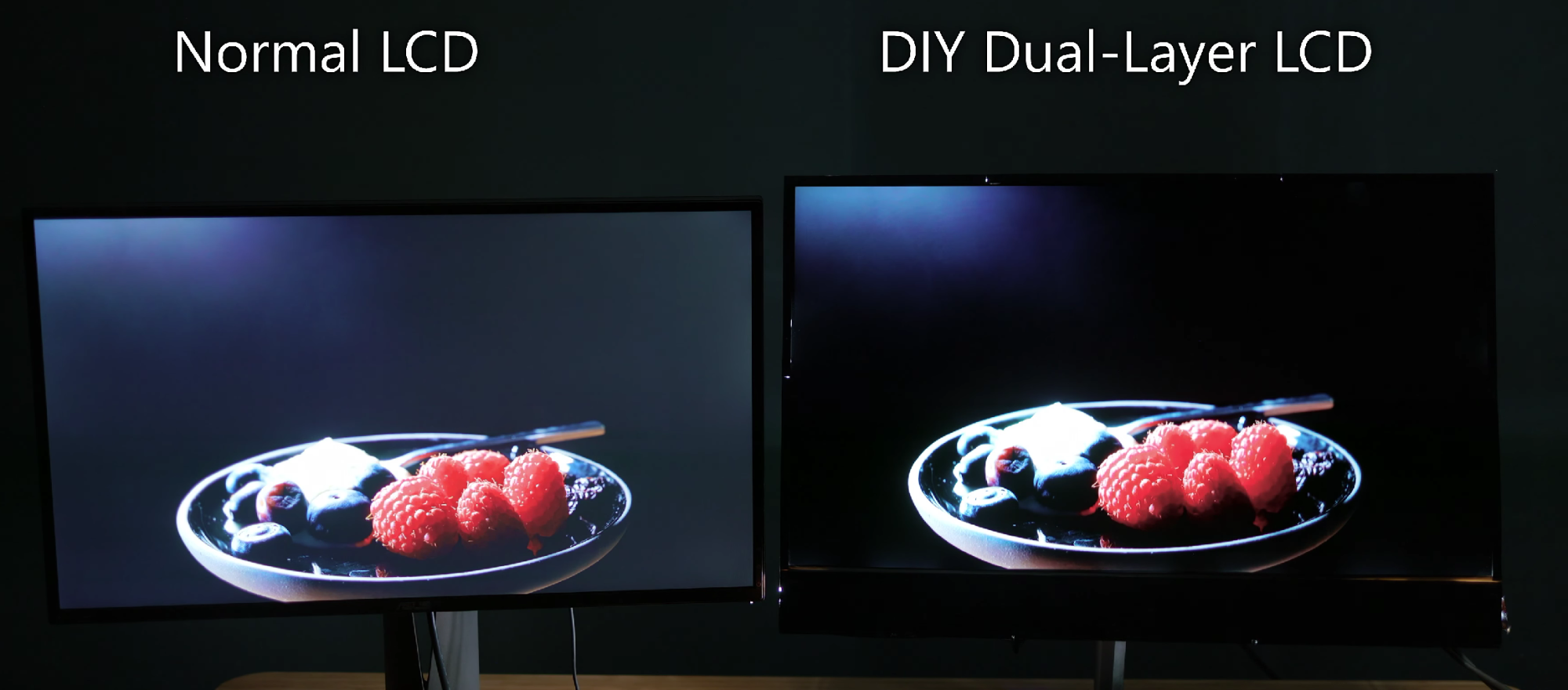pendragon1
Extremely [H]
- Joined
- Oct 7, 2000
- Messages
- 52,051
you just dont understandJust wondering why you spend so much time and effort on your anti-OLED proselytism, that's all.
And if you like them as low brightness SDR monitors, which have their place, what's the problem? Why attack everyone in this thread and claim their individual preferences and opinions don't count?
I'm trying to figure out where you're coming from, if not simply from a place of sheer hate and trolling behaviour. I don't understand the goal.
![[H]ard|Forum](/styles/hardforum/xenforo/logo_dark.png)

